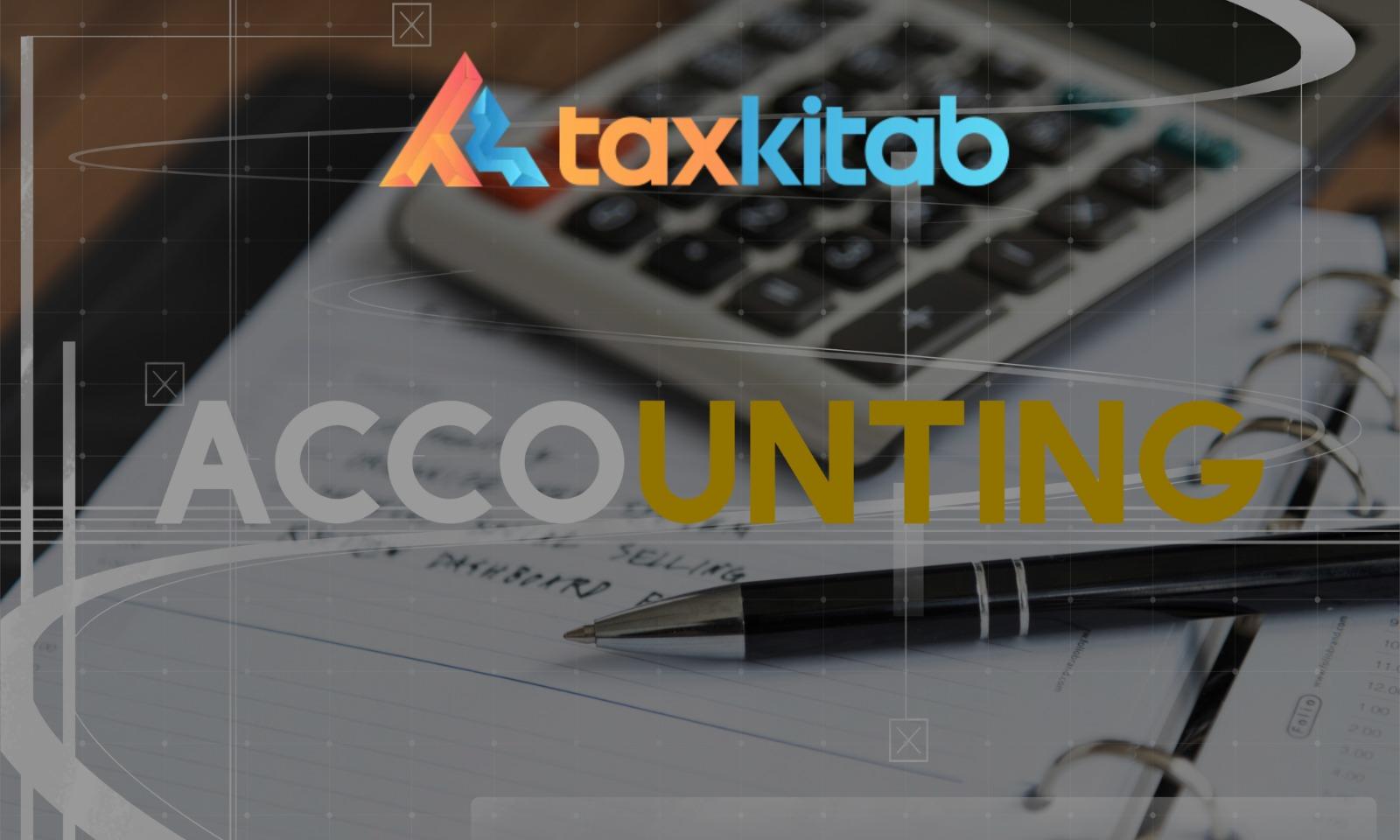Tax Planning in India: Smart Moves with TaxKitab’s Expert Guide

India's tax system is known for being vast, layered, and at times — complex. Whether you’re a salaried individual, a small business owner, a freelancer, or an NRI, understanding how taxes work in India is not just a financial necessity — it’s a strategic advantage.
Enter the TaxKitab Handbook — your trusted guide to navigating India’s tax system with clarity, confidence, and control.
This article distills the core principles of Indian taxation, explains your key obligations, and outlines practical tips for better compliance and smarter tax planning — all through the lens of TaxKitab’s simplified, no-jargon approach.
more details insides: https://taxkitab.com/navigating-the-indian-tax-landscape-a-comprehensive-guide-by-taxkitab-2/
📚 What Is TaxKitab?
TaxKitab is a digital-first tax knowledge and advisory platform, built to make Indian tax laws understandable, accessible, and actionable. Whether you’re filing your first return or managing multi-source income, TaxKitab helps you:
-
Understand tax rules
-
Stay compliant with deadlines
-
Maximise deductions and credits
-
Make informed financial decisions year-round
🇮🇳 Understanding India’s Tax Framework
India’s tax system is broadly classified into two categories:
1. Direct Taxes
Taxes paid directly to the government by individuals and organisations.
-
Income Tax (for individuals, HUFs, and businesses)
-
Corporate Tax
-
Capital Gains Tax
-
Dividend Distribution Tax (revised)
2. Indirect Taxes
Taxes collected by intermediaries on goods or services and then paid to the government.
-
Goods and Services Tax (GST) — replaced most indirect taxes
-
Customs Duty
🔎 Tip from TaxKitab: Direct taxes are based on your income and filing status. Indirect taxes affect your consumption and business operations — both must be managed carefully.
🧾 Income Tax Basics: What You Need to Know
Who Needs to File?
-
Individuals earning above the basic exemption limit (₹2.5L/₹3L/₹5L depending on age)
-
Self-employed professionals and freelancers
-
Businesses
-
NRIs with Indian-sourced income
Income Sources Considered:
-
Salary
-
House Property
-
Business or Profession
-
Capital Gains
-
Other Sources (interest, dividends, etc.)
Old vs. New Regime (As of FY 2025–26):
You can choose between:
-
Old Regime (with exemptions like HRA, 80C, etc.)
-
New Regime (lower rates, fewer deductions)
🧠 TaxKitab Insight: Use TaxKitab’s calculator to compare which regime works best for your income and lifestyle.
🧮 Essential Deductions & Exemptions to Know
Popular Sections:
-
80C – Investments in PPF, ELSS, LIC, etc. (up to ₹1.5 lakh)
-
80D – Medical insurance premiums
-
24(b) – Home loan interest
-
10(14) – HRA exemption
Special Cases:
-
Section 80G – Donations to eligible charities
-
Section 10(38) – Long-term capital gains on equity (partially exempt)
-
80E – Education loan interest
✅ TaxKitab Tip: Don’t leave money on the table — proper tax planning can save you thousands every year.
🧑💼 For Businesses & Freelancers: Key Tax Considerations
-
GST Registration: Mandatory if turnover exceeds ₹20L (services) or ₹40L (goods)
-
TDS Compliance: Deduct tax at source for certain payments
-
Presumptive Taxation (44AD/44ADA): Simplified tax for small businesses and professionals
-
Books of Accounts: Mandatory beyond certain income/turnover limits
📊 Pro Tip: Use accounting software or partner with a TaxKitab-certified advisor to automate compliance.
🌍 What About NRIs?
Non-Resident Indians (NRIs) must file returns if:
-
They earn taxable income in India
-
They wish to claim a refund
-
They have capital gains or rental income
Key issues include:
-
Double Taxation Avoidance Agreements (DTAAs)
-
Repatriation rules
-
Residential status determination
🌐 TaxKitab Insight: NRIs can avoid being taxed twice with the right documentation and planning. Our NRI Tax Guide breaks it down country by country.
📅 Deadlines You Shouldn’t Miss
| Return Type | Due Date |
|---|---|
| Individual ITR Filing | 31st July (Non-audit cases) |
| Tax Audit (Business/Profession) | 31st October |
| Advance Tax Instalments | Quarterly (June, Sept, Dec, March) |
| TDS Payments | Monthly (7th of the following month) |
| GST Returns | Monthly/Quarterly depending on scheme |
Missing deadlines can lead to:
-
Late fees (Section 234F)
-
Interest penalties
-
Loss of deductions or refund claims
🕒 TaxKitab Reminder: Sign up for automated reminders and checklist alerts in your dashboard.
🛡️ Avoiding Common Tax Mistakes
-
Not reconciling Form 26AS and AIS with your return
-
Missing income from other sources (like savings interest)
-
Claiming ineligible deductions
-
Choosing the wrong tax regime
-
Delaying your filing and losing out on refunds
🚀 Filing with TaxKitab: How It Works
-
Answer Simple Questions
No forms, just conversational inputs. -
Auto-Import Your Data
Fetch Form 26AS, AIS, salary details securely. -
Maximise Your Deductions
Intelligent prompts ensure nothing gets missed. -
File & Get Acknowledgment Instantly
E-filed directly with the Income Tax Department. -
Post-Filing Support
From notices to refunds — we’ve got your back.
✅ Final Thoughts: Turn Tax Stress into Tax Strategy
India’s tax landscape may seem complex — but it doesn't have to be stressful. With the right guidance, tools, and timing, you can stay compliant, save money, and plan s






